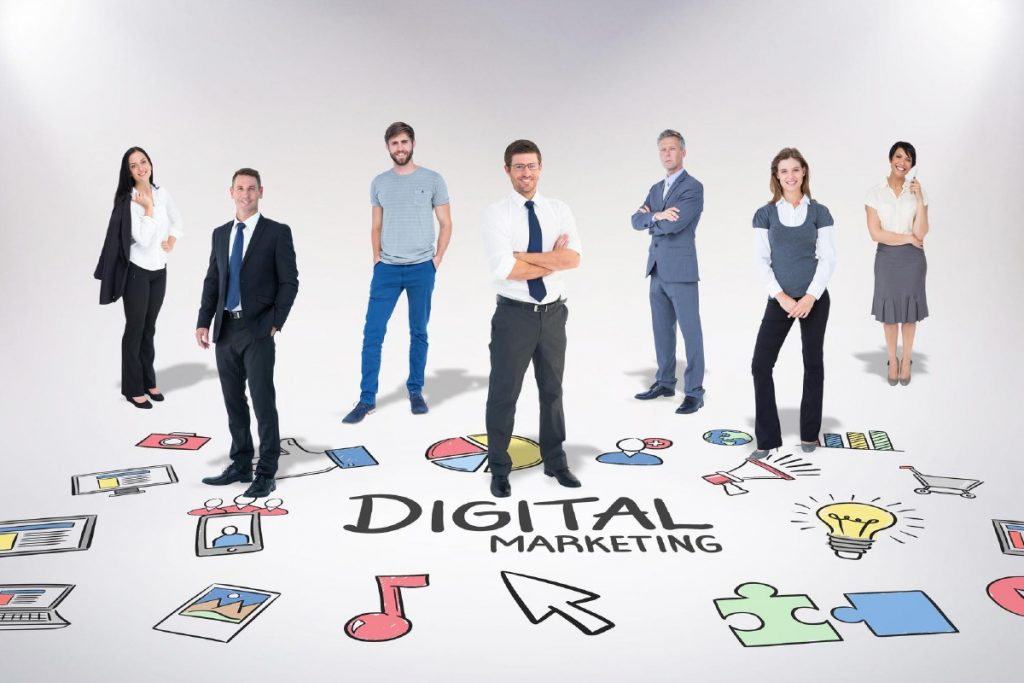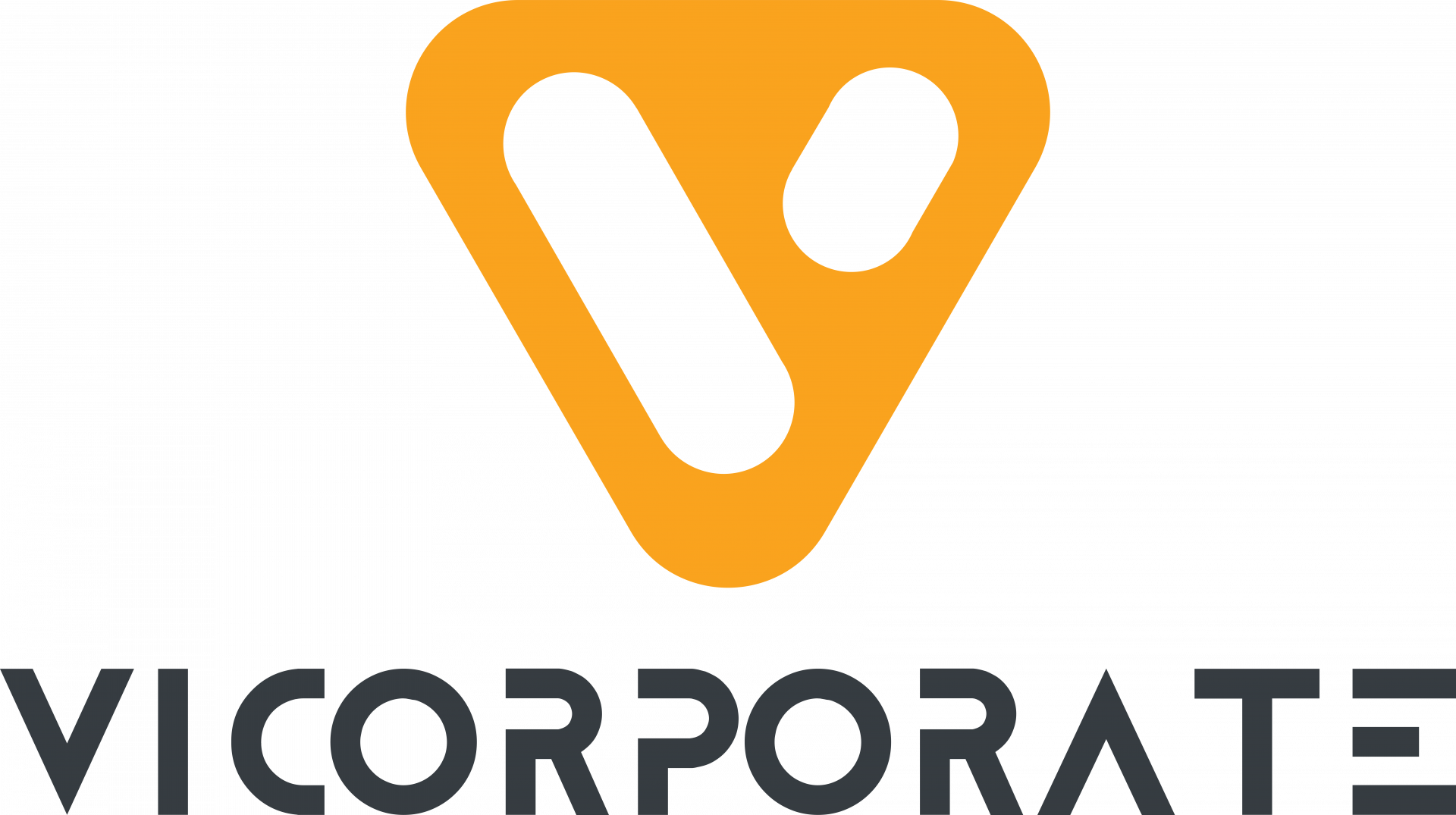Presentation is important in social media promotion because it helps to create a positive and professional image for the hospital. A well-presented social media presence can help to attract potential patients and improve the hospital’s reputation. Here are a few ways that presentation is important for social media promotion:
Branding: A consistent and professional visual identity across all social media platforms helps to create a strong and recognizable brand for the hospital. This can help to build trust and credibility with potential patients.
Visually appealing content: High-quality images and videos can help to make the hospital’s social media content more engaging and attractive to potential patients. This can help to increase the reach and engagement of the hospital’s social media posts.
Attention to detail: A well-presented social media presence shows that the hospital is attentive to detail and dedicated to providing a high-quality service. This can help to build trust and credibility with potential patients.
Professionalism: A professional and well-presented social media presence can help to create a positive image for the hospital and improve its reputation. This can help to attract potential patients and generate positive word-of-mouth.
Highlighting the hospital’s services: A well-presented social media presence can help to highlight the hospital’s services and capabilities, and provide potential patients with the information they need to make informed decisions about their healthcare.
Overall, presentation is important in social media promotion because it helps to create a positive image for the hospital, attract potential patients, and improve its reputation. By paying attention to branding, visually appealing content, attention to detail, professionalism and highlighting the hospital’s services, hospitals can increase their chances of success in their digital marketing efforts.
Here are a few ways that hospitals can market through these social media platforms:
Facebook: Create a page for the hospital and share information about services, upcoming events, and health tips. Use Facebook advertising to reach potential patients in the local area.
Twitter: Share updates, news, and health tips with followers. Use Twitter advertising to reach potential patients by targeting keywords and demographics.
Instagram: Share visual content, such as photos and videos, to promote services and educate potential patients. Use Instagram advertising to reach potential patients by targeting demographics and interests.
LinkedIn: Connect with healthcare professionals and promote services to a professional audience. Use LinkedIn advertising to reach potential patients by targeting job titles and industries.
YouTube: Create a channel and share videos, such as patient testimonials, educational videos, and virtual tours of facilities. Use YouTube advertising to reach potential patients by targeting demographics and interests.
Pinterest: Share infographics, images, and other visual content to educate potential patients about health and wellness topics. Use Pinterest advertising to reach potential patients by targeting demographics and interests.
TikTok: Create short videos, share health tips, and create awareness about services. Use TikTok advertising to reach potential patients by targeting demographics and interests.
Snapchat: Connect with potential patients, share updates and health tips, and promote services in a fun and engaging way. Use Snapchat advertising to reach potential patients by targeting demographics and interests.
It’s also important to remember that content is key when it comes to social media marketing, so make sure to create content that is relevant, engaging, and informative for your target audience. Additionally, it’s also important to have a consistent brand voice and visual identity across all platforms.



